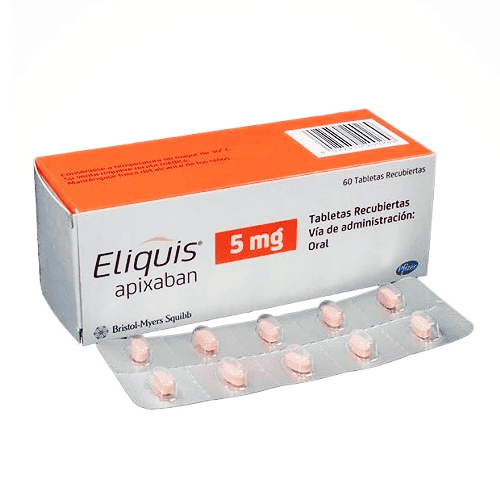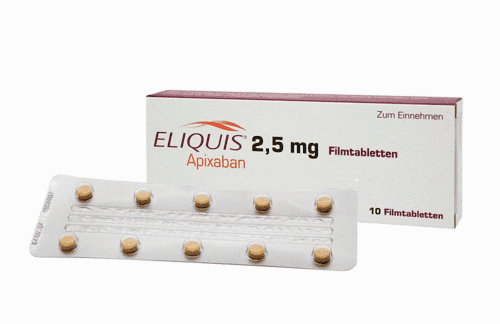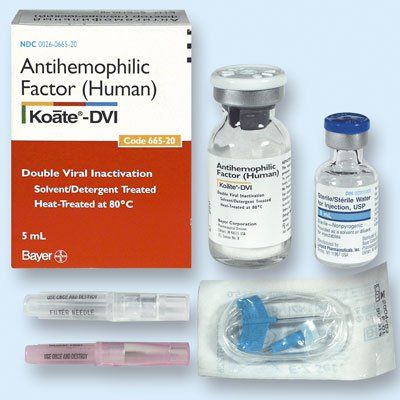This is an automatically translated article.
The article was professionally consulted by MSc, Dr. Trinh Thi Thanh Huyen - Obstetrician and Gynecologist - Department of Obstetrics and Gynecology - Vinmec Hai Phong International General HospitalVenous thromboembolism can be dangerous for pregnant women and babies. Therefore, understanding the causes of venous thrombosis and learning how to prevent it is essential for a healthy pregnancy for both mother and fetus.
1. What is a blood clot?
Although anyone's body can develop blood clots, in women the risk is higher during pregnancy, childbirth, and up to 3 months after giving birth. In fact, pregnant women are five times more likely to have a blood clot than non-pregnant women. This article will talk about pregnancy-related blood clots and tips to protect yourself and your baby for a safe and healthy pregnancy. A blood clot in a deep vein, also known as a deep vein thrombosis (DVT) is a medical condition that usually occurs in the lower legs, thighs, pelvis, or arms. Once DVT is left untreated, part of the blood clot can break off and travel to the lungs, causing a blockage called a pulmonary embolism (PE) and it can prevent blood from reaching the lungs leading to death. However, blood clots are completely preventable and treatable if detected early. Pulmonary embolism is one of the common causes of blood clot-related deaths in pregnant women.

Huyết khối tĩnh mạch sâu
2. Why are pregnant women at higher risk of blood clots?
The natural changes in a woman's body during pregnancy, childbirth and the 3 months after giving birth can put a woman at a higher risk of blood clots. During pregnancy, it is easier for a woman's blood to clot to reduce blood loss during labor and delivery. During pregnancy, blood flow to the legs is reduced because the blood vessels around the pelvis are squeezed by the growing fetus. In addition, restriction or lack of movement (immobilization) due to bed rest after delivery can also restrict blood flow in the legs and arms, increasing the risk of blood clots.
3. Risk of forming blood clots
There are many causes for the formation of venous thrombosis to be initiated in the body. Venous thromboembolism in pregnant women is most likely to occur in the first 3 months of pregnancy and in the 6 weeks after the birth of the baby.
Blood clots are preventable by knowing how to protect yourself and your baby through understanding the risks that lead to blood clots. Pregnancy is one factor that can put a woman at increased risk for blood clots, but the following factors can also increase the risk of blood clots:
Family or personal history of blood clots or diseases related to blood clotting disorders; Have a history of caesarean section; Pregnant with multiples; A prolonged state of reduced mobility (not moving much), such as during bed rest or postpartum recovery; Complications during pregnancy and delivery; Have certain chronic diseases or long-term health conditions such as heart or lung conditions, or diabetes or obesity; Smoking cigarettes or being exposed to drugs on a regular basis.
4. How can blood clots be prevented?
Identification of risk factors for blood clots should be performed in pregnant women for appropriate prevention. You can talk to your doctor about your risks and symptoms to find an effective solution.
Once you have identified the signs and symptoms of a blood clot, you should seek medical help. Early treatment can help prevent a venous thrombosis from breaking and traveling to the lungs as a pulmonary embolism. Although venous thrombosis can occur without any symptoms, in some cases it can cause symptoms such as: Swelling of the affected limb; Pain or pain that is not caused by trauma; Skin is warm to the touch, red or discolored.
In case you experience the following symptoms, it is necessary to seek medical help as soon as possible to prevent possible death.
Shortness of breath Chest pain, worse when taking a deep breath or coughing. Coughing up blood Heart rate faster than normal or irregular

Nếu gặp triệu chứng đau ngực thì bạn nên tới thăm khám với bác sĩ để được tư vấn
Some methods to improve blood circulation in the legs should be done such as moving the legs regularly and exercising the leg muscles by getting up and walking around if space allows. When sitting, you need to extend your legs and keep them straight and move your ankles, pulling your toes toward you and then pushing them away from you. Pull each knee up toward your chest and hold it there with your hands on your lower leg for 15 seconds. Repeat up to 10 times. Besides, following a healthy diet also plays an important role in preventing blood clots.
During pregnancy, if you have unusual symptoms, you should be examined and consulted with a specialist.
Please dial HOTLINE for more information or register for an appointment HERE. Download MyVinmec app to make appointments faster and to manage your bookings easily.
Reference source: Cdc.gov













